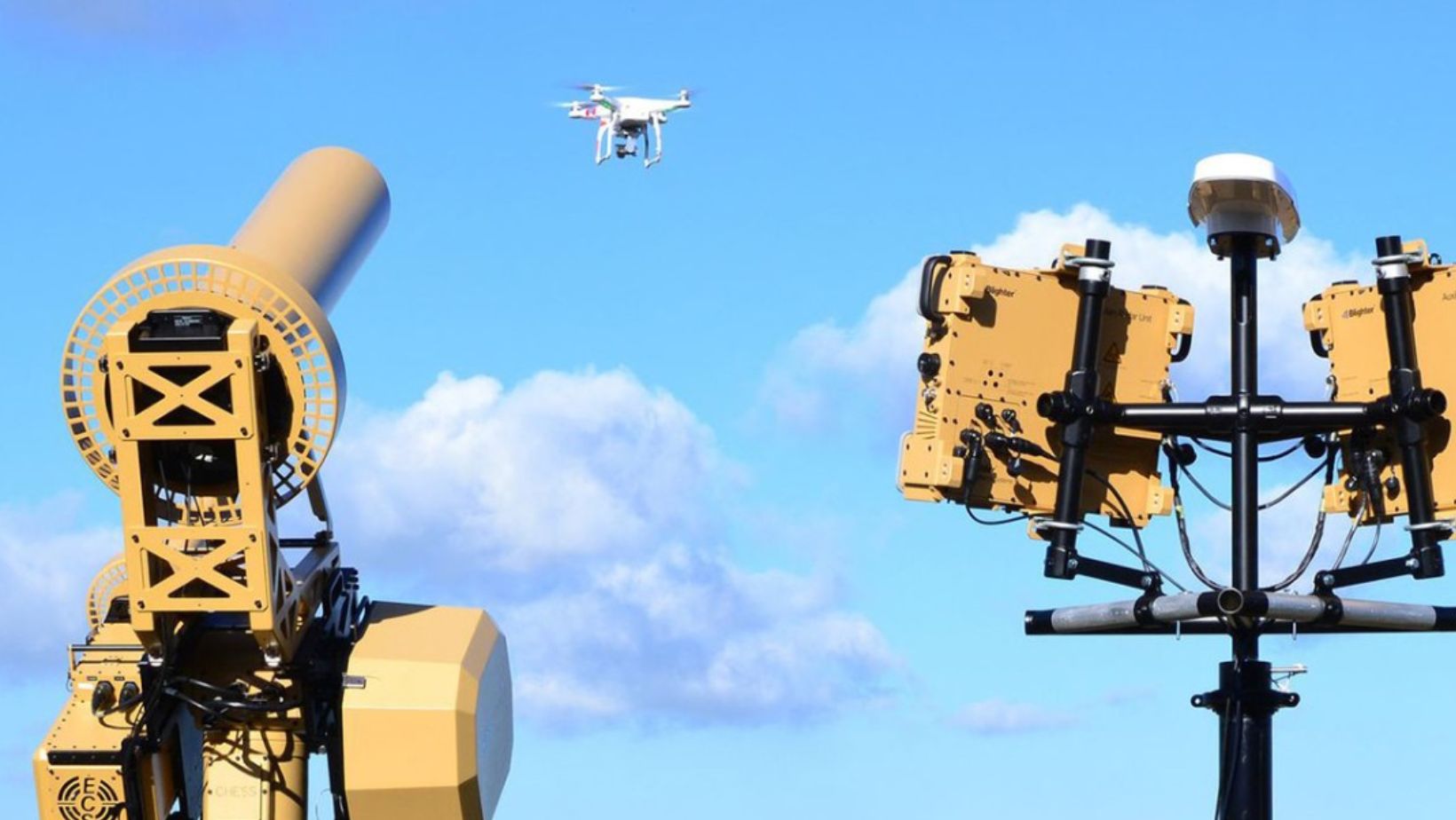As drones infiltrate diverse sectors, from recreational use to commercial applications, the demand for effective anti-drone systems has soared. Safeguarding sensitive areas, events, and critical infrastructure demands a careful evaluation of available anti-drone technologies.
For this reason, choosing the right anti drone system is pivotal in safeguarding against potential threats to airspace security. In this exploration, we delve into the essential considerations that demand attention when selecting anti-drone systems.
These five critical factors illuminate the path toward a comprehensive and proactive approach, ensuring that the chosen systems align seamlessly with the evolving challenges posed by rogue drone activities.
Are Anti-Drone Systems the Key to Airspace Security?
By offering real-time responses and safeguarding critical areas, anti-drone technology proves instrumental in maintaining the integrity and safety of our skies. As drone incidents become more frequent, anti-drone systems stand as the key to a comprehensive and proactive approach to airspace security, providing a shield against evolving challenges in the ever-expanding drone landscape.
Factors to Consider When Choosing Anti-Drone Systems
Following are some key factors you should consider when you are in the market for buying anti-drone systems:
1. Detection Range
The detection range of an anti-drone system is a critical factor in identifying potential threats in the airspace. Consider systems that offer a broad detection range, allowing for early identification of drones before they come within proximity of the protected area. Systems with long-range detection capabilities provide security personnel with the advantage of time, enabling swift responses to mitigate potential risks.
2. Precision Jamming Capabilities
Precision in jamming capabilities is paramount in neutralizing unauthorized drones effectively. Anti-drone systems should be equipped with advanced technologies that allow for selective jamming, disrupting the communication signals of the rogue drone while minimizing interference with surrounding legitimate communications. Precision jamming ensures a targeted defense mechanism that effectively neutralizes threats without causing collateral disruptions.
3. Versatility Against Diverse Drones
Drones operate on various communication frequencies, and a robust anti-drone system should be adaptable to this diversity. Look for systems that can cover a broad spectrum of frequencies, ensuring compatibility with different types of drones. This versatility ensures that the anti-drone system remains effective against a wide range of commercially available drones, regardless of their communication protocols.
4. Scalability and Integration
Anti-drone systems should be scalable and seamlessly integrated into existing security infrastructure. Whether deployed in a small-scale event or a large-scale critical infrastructure scenario, the chosen system should offer flexibility in scalability. The ability to integrate with other security technologies, such as surveillance systems and access controls, enhances the overall effectiveness of the anti-drone solution.
5. Legal and Ethical Considerations
Navigating the legal landscape surrounding anti-drone measures is a crucial factor in their deployment. It is essential to choose systems that comply with local regulations and legal frameworks governing the use of counter-drone technology. Additionally, considering the ethical implications of anti-drone measures is crucial. Systems should be non-invasive, ensuring the protection of privacy rights and minimizing harm to individuals and animals.
Conclusion
In the evolving airspace security landscape, selecting the right anti-drone system requires a comprehensive evaluation of key factors. The detection range sets the foundation for early threat identification, while precision jamming capabilities ensure targeted defense mechanisms.
By carefully weighing these factors, organizations can confidently choose anti-drone systems that provide robust protection against the ever-growing challenges posed by unauthorized drones in our skies.
